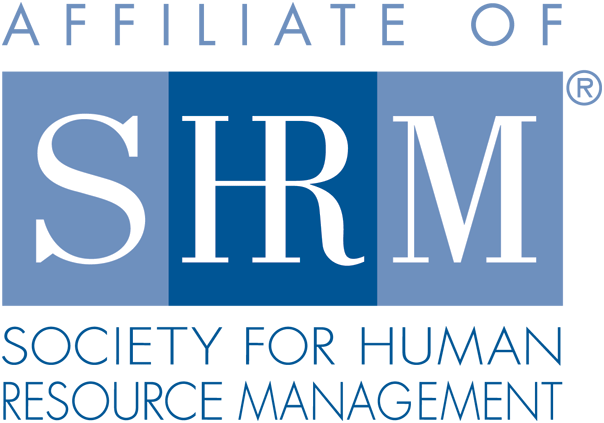
| Past Issues | Advertise | www.nehra.com | insights archive |
Workforce Planning for the Modern Age
![]() Print this Article | Send to Colleague
Print this Article | Send to Colleague
It is a much more complex process today to determine what a company’s workforce needs are and will be. It isn’t just a matter of covering shifts; it’s about forecasting the future needs of the organization and figuring out how to meet those needs. Company leaders must analyze what the company currently has for skills and expertise, compare that to what the needs will be, and then devise a strategy to fill in the gaps. The leadership team must determine the "four rights:" the right need, the right people at the right time in the right job.
The first step is identifying the right need. Where is the company today? Where will it be in one year, five years, ten years? What are the skills and expertise the organization will need to reach those goals? Next, the leadership team needs to identify the right people. Who possesses the skills the company needs? Are they currently in-house? Can the organization employ grow-our-own strategies to develop the necessary expertise within their current employee base? Or can these people only be found outside the company?
Many companies fail to plan for the future, but it’s vital to recognize what roles will become essential to the company and identify who will fill them. The organization may have a cache of highly trained experts today, but the jobs they are needed for may be years away. How do you retain those people? Should you? On the flip side, many times the job is imminent, but the organization realizes too late that they don’t have the right people to fill it. (How many HR professionals have gotten the call from a department head stating the need for 60 (sales, tech, administrative people) STAT?)
While most company leaders know that people are central to the success of any business effort, senior management often treats workforce needs as an afterthought. Those initial strategy meetings to launch a new business line or product often involve research and development, IT, equipment needs, and market research. Yet, at the same time that organizations are putting in their purchase orders for 25 custom-built computers for this project, they should also be considering the staffing implications. How many additional sales, marketing, or back office people will be needed to launch this initiative successfully? What technical expertise will they need? Do we have this expertise in-house now, and if not, where are we going to look? Finding the right people generally requires that the HR team be brought into these strategy meeting at the beginning stages — not when the product or business line is ready to launch. Not doing so can cause a breakdown in the proverbial production line, causing delays, costs to skyrocket, and even a failed initiative.
One of the reasons leaders don’t look at people needs up front is that they underestimate the amount of time it takes to find the right people. People with sought-after expertise are harder to find as demand for particular skill sets increase, and organizations may have to interview 500 people to fill 10 key roles. With adequate time and support, HR professionals may also be able to develop current employees to help the organization fill their needs with their existing workforce. While this requires time and planning, it can significantly cut costs. Too often, we see organizations hiring in one sector, while conducting lay-offs in another. Redeploying employees doesn’t work in every case, but by inviting the HR team into the initial strategy meetings, it becomes a viable alternative to lay-offs.
Retention is just as important a piece of the workforce planning puzzle. The value of retention strategies cannot be underestimated—companies need to work to keep those employees they have, especially the future stars. Sure, recruitment is important to building a workforce, but valuable employees should be compensated, recognized, and rewarded so they feel valued and maintain their commitment to the organization.
Business
has changed immensely over the past century, with technology transforming the
way we do business. When we talk today about a production line, it may be more
figurative, but the need for people to cover the gaps is still a vital part of
any business model. Mismanaging an organization’s people needs can bring
business to a halt, but having the right people in the right job at the right
time can ensure success.
Keystone Partners is a leading career management consulting
firm headquartered in Boston, Massachusetts. Elaine Varelas, Keystone Partners’ Managing Partner, has more than 20 years
experience in career consulting and coaching development, and has worked with
numerous executive management teams to improve organizational effectiveness. www.keystonepartners.com
